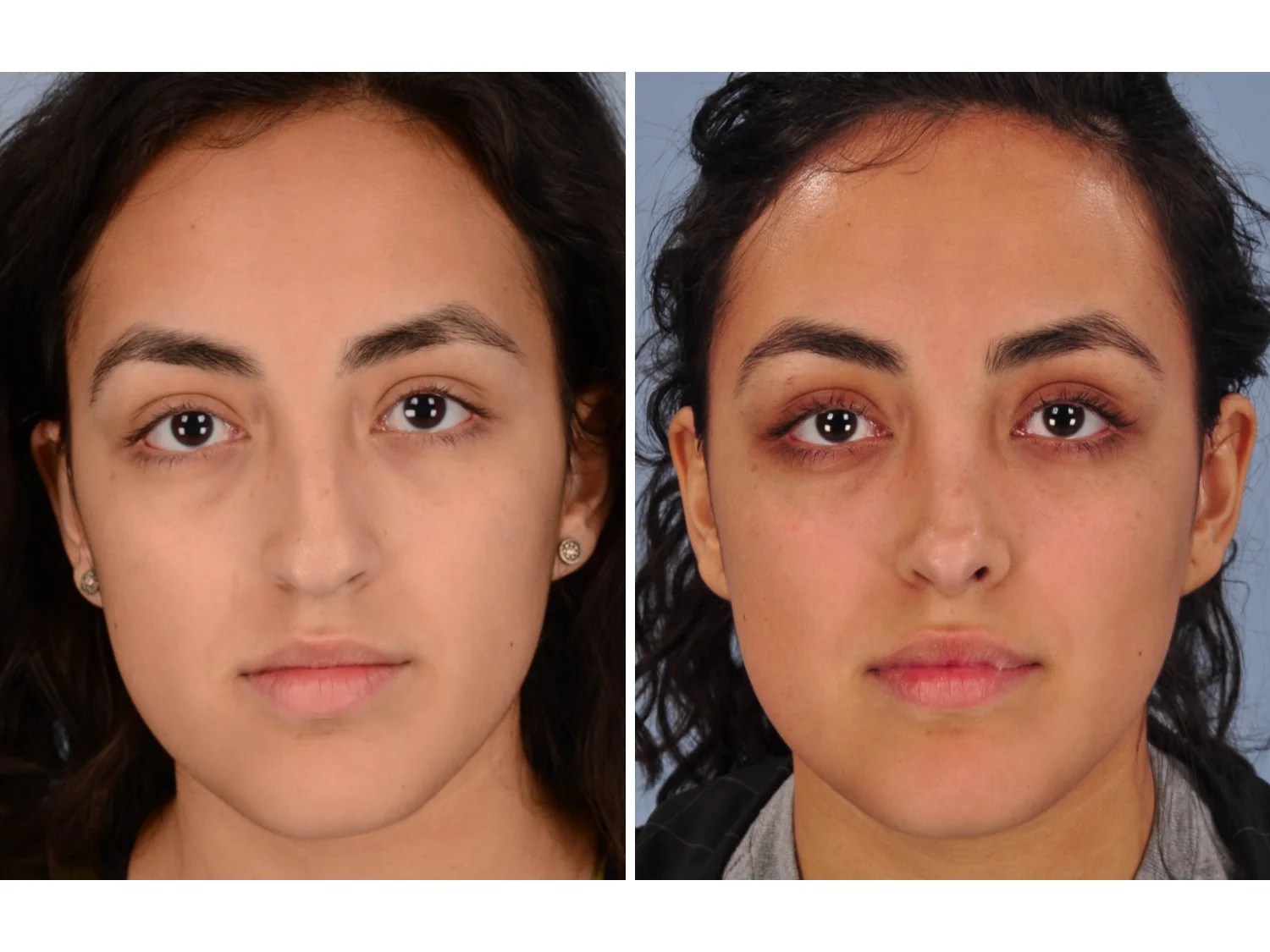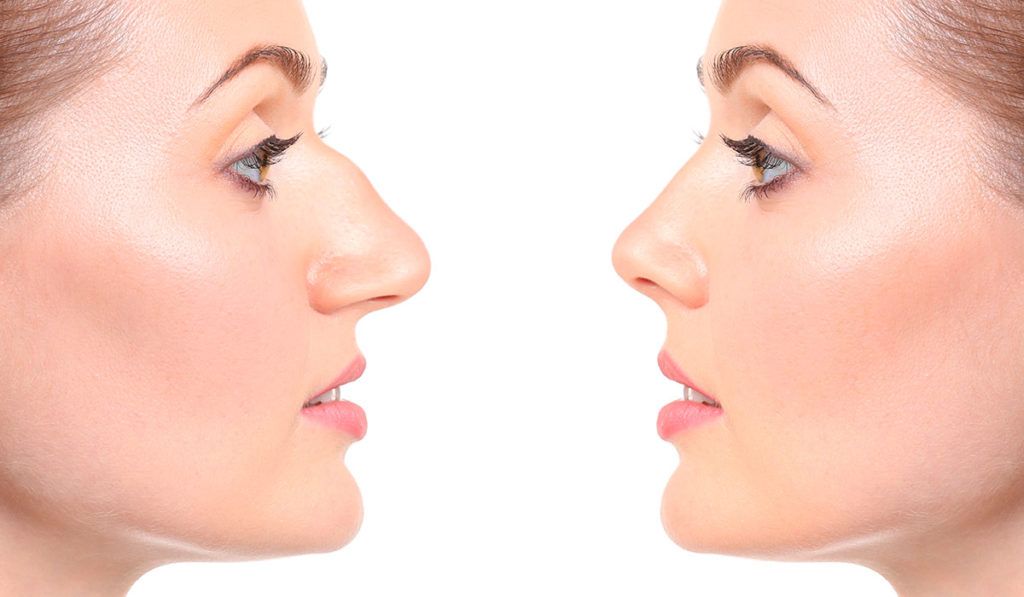What Does Rhinoplasty Surgeon Austin Do?
Table of ContentsFacts About Rhinoplasty Surgeon Austin RevealedRhinoplasty Surgeon Austin Can Be Fun For EveryoneThe 20-Second Trick For Rhinoplasty Surgeon Austin
Recovery by secondary intention (re-epithelialisation) occurs even when the injury encompasses the nasal bone. Although the rate of recovery relies on the client's wound-healing capability, nasal wounds measuring up to 10 mm in diameter normally recover in at 4-weeks post-operative. However, one capacity, however unusual, complication of this nasal correction technique is the formation of a medial canthal web, which can be fixed with two (2) opposing Z-plasties, strategy which eases the injuring tensions put in by the scar tissue's contracture, its shape, and location on the nose.e. on the left nostril. Nose surgery: A divided section design used in Mohs surgery for excising malignant sores before nasal reconstruction. (b) Nasal dorsum and lateral nasal wall flaw The size of the nasal defect (injury) happened, in either the dorsum or the lateral wall, or both, determines the reconstructive skin-flap technique relevant to the corresponding visual nasal subunits.


A wound in the lateral nasal wall that is greater than 15 mm in diameter can likewise be remedied with a superiorly based, nasolabial-flap, which is particularly fit for correcting distal problems that lay among the convexities of the nasal idea and the alar lobule. The nasolabial flap can fix flaws that understand the distal two-thirds of the nose, if there is a supply of skin adequate for constructing the base of the flap pedicle; and the donor websites can not be closed mainly.
Nasal defects including either the bone or the cartilage of the lateral nose are best managed with complimentary grafts of flat septal bone and of cartilage. Small problems of the nasal dorsum can be covered with cartilage grafts gathered from either the septum or the concha of the ear. The correction of large-area defects of the nasal dorsum needs the stable assistance of a bone graft affixed either with a lag screw or with a low-profile plate.
The 2-Minute Rule for Rhinoplasty Austin Tx

( c) Nasal tip flaw The width of the human nasal-tip varies 2030 mm; the typical width of the nasal idea, determined between the two alar lobules, is roughly 25 mm. A nasal skin flaw of less than 15 mm in size can be handled with a bilobed flap; the cosmetic surgeon cuts the edges of the injury (problem) to match its measurements (length, width, depth) to the natural curve at the border of the nasal idea.
If the nasal-tip injury is higher than 15 mm in diameter, the surgeon expands it to comprehend the entire aesthetic subunit impacted by the defect, and the restoration of the nasal subunit finished with a forehead flap. austin use this link rhinopasty surgeon. If the nasal-tip problem likewise includes the nasal dorsum, a forehead flap is suggested for reconstructing the entire nasal-tip and dorsum.
The defect of an alar dome, which maintains adequate structural support-tripod configuration, can be remedied with an onlay graft collected either from the nasal septum or from the conchal cartilage of an ear. The surgeon forms the cartilage graft into the shape of a shieldits largest margins become the replacement alar domes.
Flaws of the lateral crura can be remedied with a flat strut of formed cartilage, however, if the support of the median crura is missing, then a columella strut need to be placed, and connected at the level of the anterior nasal spine. If a strut of nasal-septum cartilage proves too weak, then a rib cartilage strut can be used to provide the adequate nasal support; afterwards, the strut is covered with onlay grafts. austin rhinopasty surgeon.
The surgeon attaches them to the anterior nasal spine, and to each side of the (pear-shaped) pyriform aperture; the remainder of the collected conchal cartilage is used as onlay grafts to augment the nasal idea. A nasal-tip lining problem is unusual, due to the fact that of its midline location; yet, the restoration is with an anteriorly based septal mucosal flap that is turned into location to offer adequate coverage and correction of the nasal lining problem.
The smart Trick of Austin Rhinopasty Surgeon That Nobody is Discussing

Nasal skin flaws can be corrected with a medially based bilobed flap, which is emplaced to supply sufficient skin coverage for wounds limited to the alar lobule. If the whole lobule is missing, it may be essential to leave official site the second-lobe donor-site wound partially open; it will close at 24 weeks post-operative; later on, the scar can be revised.